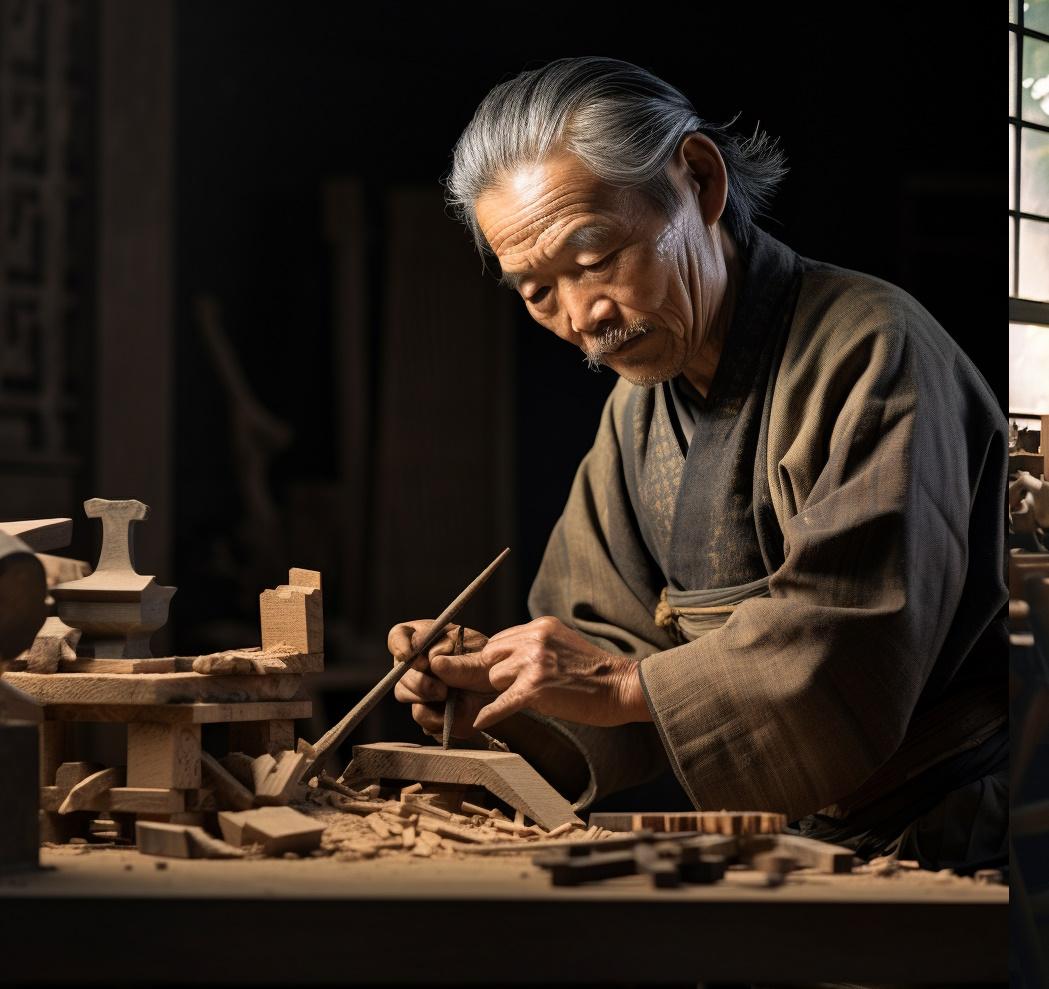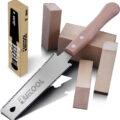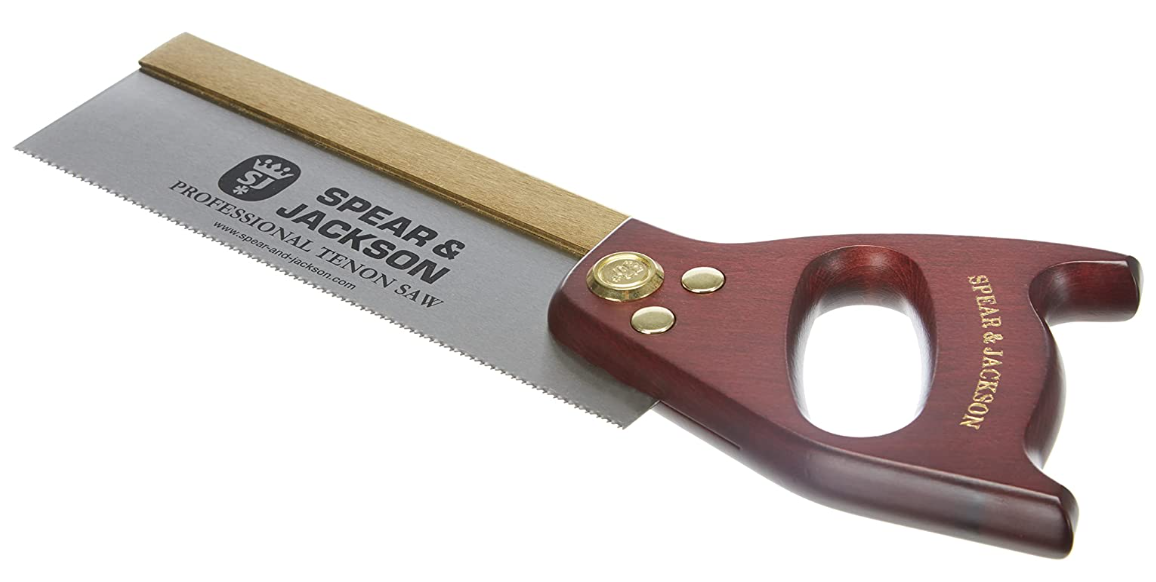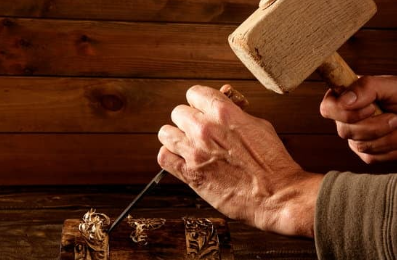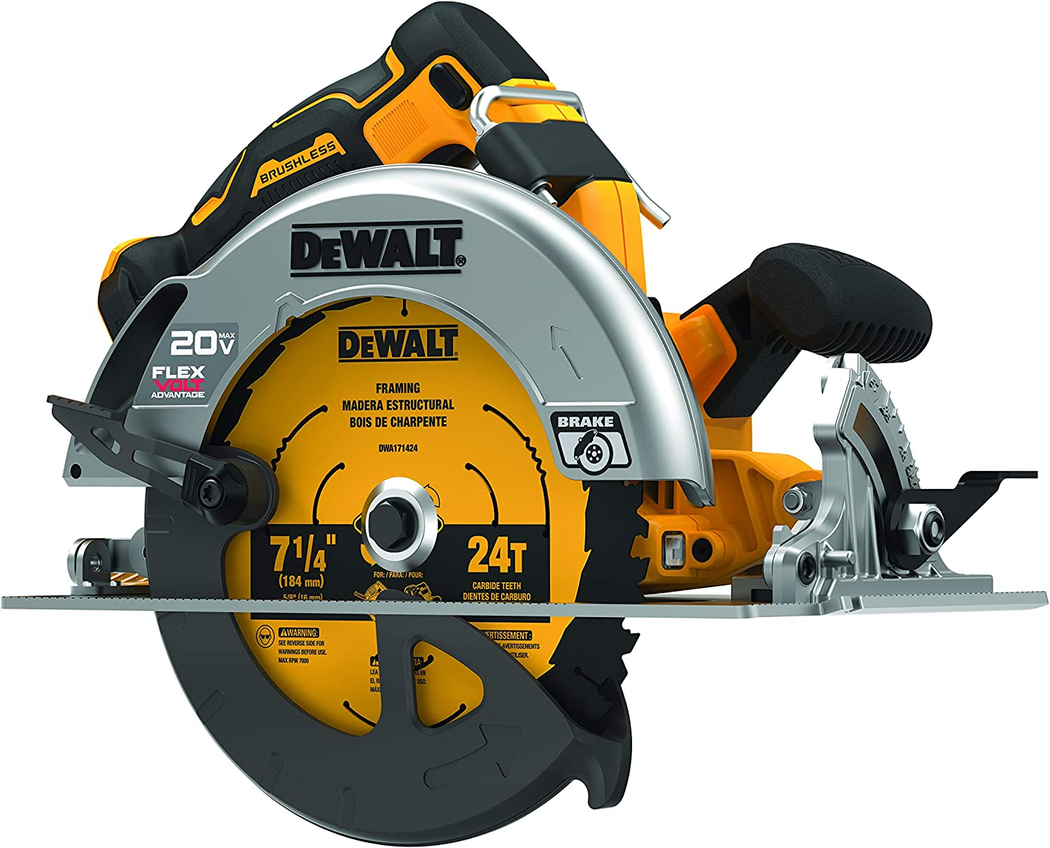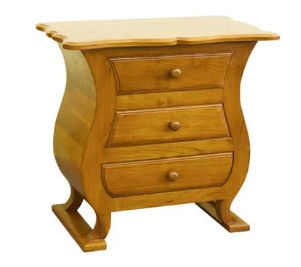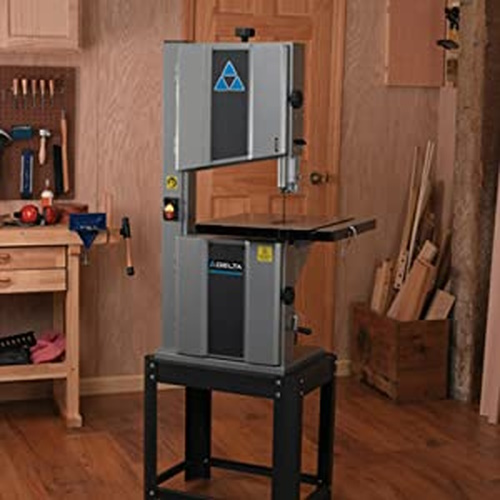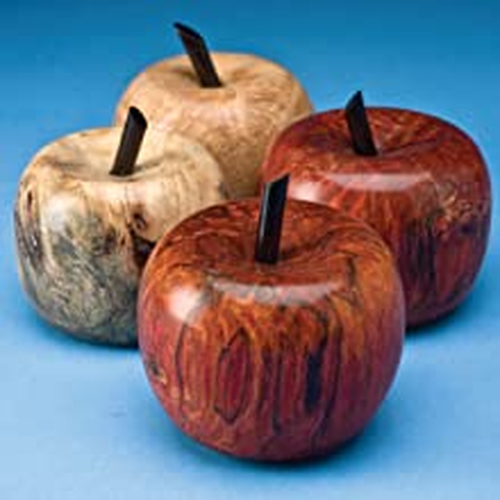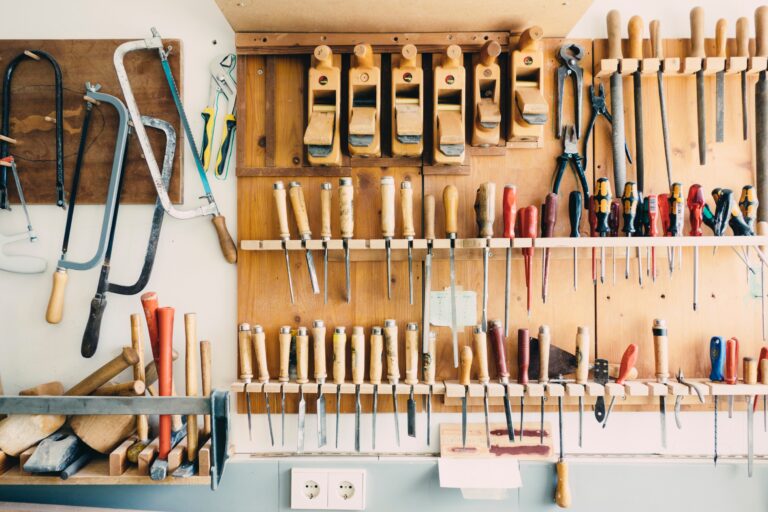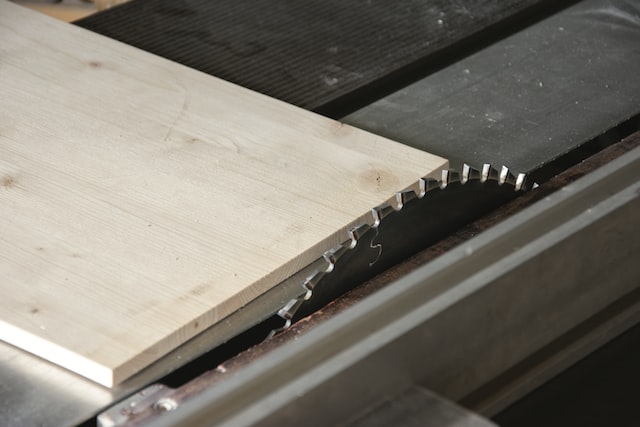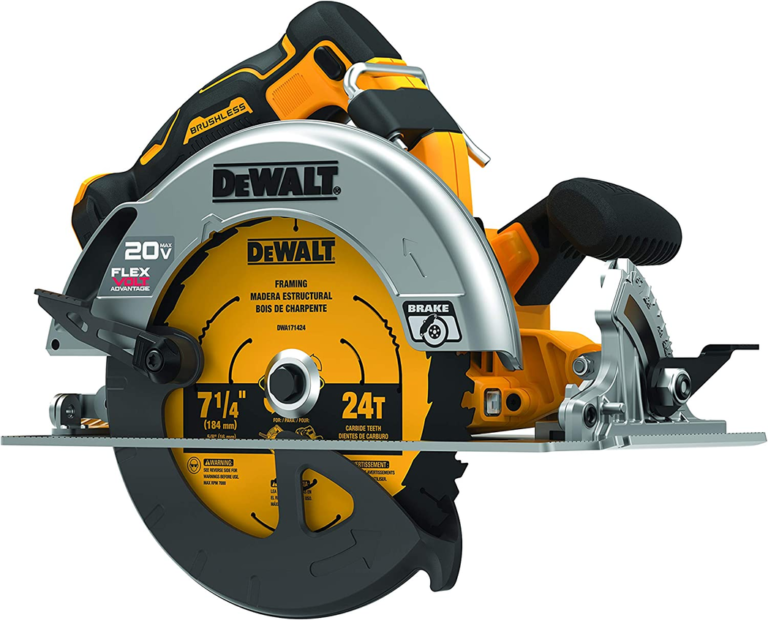Your Ultimate Guide to Japanese Woodworking Tools: Everything You Need to Know
Discover the Best Japanese Woodworking Tools You Need Now!
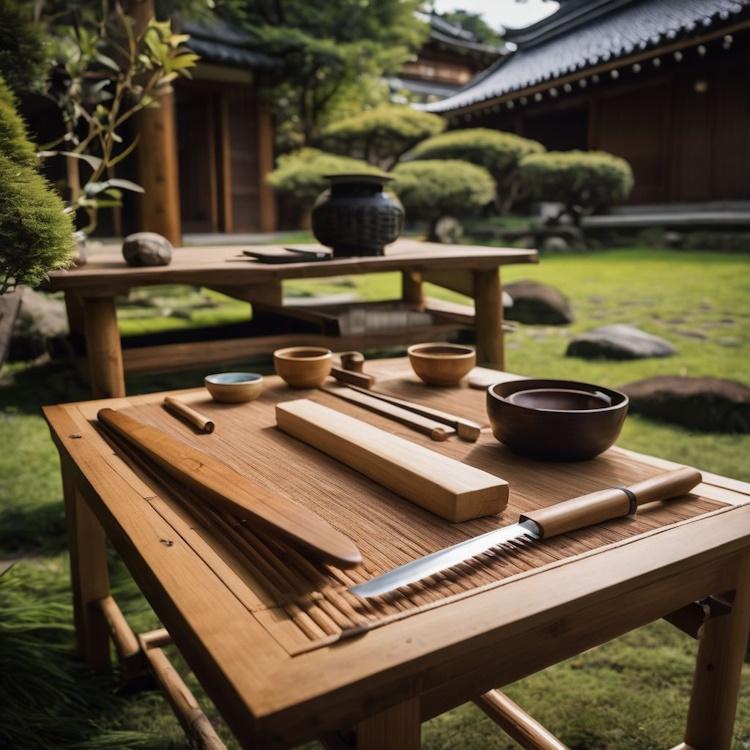
Japanese woodworking tools are unique and have a long-standing tradition and spirit behind them.
Are you fascinated by the fine art of crafting wood and looking to delve into the world of Japanese woodworking? Maybe you’ve hit a wall in your current projects and feel like something’s missing in your toolbox.
You’re not alone! Many enthusiasts struggle with finding the right tools that fit their passion for precision and craftsmanship—tools that bring out the beauty in every piece they create.
Did you know that traditional Japanese woodworking tools have been around for centuries, embodying a rich heritage of meticulous workmanship? Our guide will take you on an enlightening journey through this remarkable aspect of Japan’s culture.
We’ll help you understand what makes these tools so special and how they can transform your woodworking projects from good to masterpiece. With essential tips, historical insights, and practical advice, we promise to equip you with knowledge just as valuable as the finest chisel in a craftsman’s kit.
Get ready to discover an entirely new level of woodworking!
Key Takeaways
- Japanese woodworking tools have been perfected over centuries, known for their precision and quality. Craftsmen from the Edo period created durable tools like chisels, saws, and planes used for complex joinery.
- High-quality Japanese woodworking tools are made from high-carbon steel with well-forged blades. They should feel balanced and comfortable in your hand.
- Starter sets for beginners often include basic chisels, hand saws, block planes, measuring tools, and sharpening kits to help them learn the craft.
- You can buy Japanese woodworking tools from specialized retailers or online shops such as Tools for Working Wood or Japan Woodworker.
- To care for these tools properly, keep them clean and sharp. Store them in a dry place to prevent rust and damage.
History and Types of Japanese Woodworking Tools
Carpenters during the Edo period played a significant role in shaping Japanese woodworking tools and techniques. From traditional chisels, saws, and planes to modern innovations and advancements, Japanese woodworking tools have a rich history and diverse range of types.
Carpenters of the Edo period
In the Edo period, skilled woodworkers played a crucial role in Japan. These artisans crafted everything from temples to houses using traditional woodworking techniques passed down through generations.
They worked with precision and care, often without nails or screws. Instead, they used complex joinery methods to firmly connect pieces of wood.
Their tools were basic yet highly effective. Handmade chisels, saws, and planes became extensions of the carpenters’ hands. These craftsmen spent years mastering their use to create works that stood the test of time.
Today’s enthusiasts still seek these age-old tools for their projects. Moving into the world of traditional implements like chisels and saws offers a glimpse into a rich history of craftsmanship and durability.
Traditional tools such as chisels, saws, and planes
Japanese chisels are crafted with high-quality steel, and their wooden handles offer excellent control and precise cuts. They come in different sizes, from small to large, to accommodate various woodworking tasks.
- Chisels are essential for carving and shaping wood, with a variety of blade widths for different applications.
- Japanese hand saws feature thin, sharp blades that cut on the pull stroke, providing greater accuracy and control.
- The planes, or kanna, are used for smoothing and flattening wood surfaces and come in various shapes and sizes for specific tasks.
- Japanese woodworking tools emphasize precision and craftsmanship, making them ideal for intricate joinery work.
- The unique design of these traditional tools reflects centuries of Japanese woodworking expertise and cultural influence.
Modern innovations and advancements
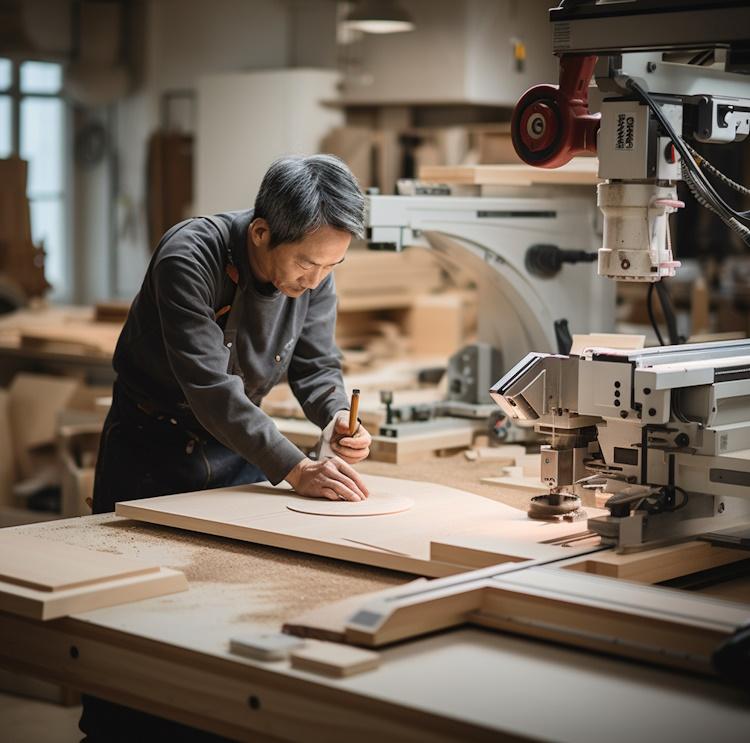
Japanese woodworking tools have evolved with modern innovations and advancements, integrating new materials and production techniques while preserving their traditional craftsmanship.
These tools now feature ergonomic designs, lighter yet durable materials, and improved blade technologies to enhance precision and efficiency. Furthermore, some modern Japanese woodworking tools incorporate adjustable features to cater to diverse project requirements without compromising on the meticulous nature of Japanese woodwork.
The integration of advanced metallurgy has led to the development of high-performance blades for chisels and saws in contemporary Japanese woodworking tools. Additionally, manufacturers have employed cutting-edge engineering methods to create more efficient planes that ensure smoother finishes.
Characteristics of High-Quality Japanese Woodworking Tools
When looking for high-quality Japanese woodworking tools, consider factors such as the type of steel used, the blade construction, and the overall craftsmanship. Understanding what makes a tool good quality can help you make informed purchasing decisions and improve your woodworking experience.
Important factors to consider when purchasing
Consider these important factors when purchasing Japanese woodworking tools:
- Construction and materials: Japanese woodworking tools are often hand-forged with high-quality steel, ensuring durability and sharpness.
- Ergonomics and design: Look for tools with comfortable and user-friendly designs that enable precise, controlled movements.
- Versatility and functionality: To maximize their utility in various woodworking projects, choose tools that can effectively perform multiple tasks.
- Precision and craftsmanship: Seek tools made with meticulous attention to detail, reflecting the renowned Japanese craftsmanship.
- The reputation of the manufacturer: Research reputable brands known for producing authentic Japanese woodworking tools to ensure quality and authenticity.
How to spot good quality tools
Look for Japanese woodworking tools made of high-carbon steel. Check for a well-forged and tempered blade, as it ensures durability and sharpness. Inspect the handle for comfort, balance, and a secure grip.
Look for traditional craftsmanship with attention to detail. Consider tools that have been recommended by experienced woodworkers or mentioned in reputable guides on Japanese woodworking.
Avoid tools with plastic or poorly constructed wooden handles; they may not withstand heavy-duty use.
Essential Japanese Woodworking Tools for Beginners
If you’re new to Japanese woodworking, we’ve got you covered with our recommended starter sets and tips for using and maintaining your tools. Whether it’s chisels, saws, or planes, learn how to get started with the essential tools for your beginner woodworking projects.
Recommended starter sets
Japanese woodworking offers a variety of starter sets for beginners. These sets typically include essential tools that are suitable for learning the craft and creating simple projects. Here are some recommended starter sets:
- Basic Chisel Set: A set of high-quality Japanese chisels, including various sizes and types, such as bench chisels, paring chisels, and mortise chisels.
- Hand Saw Set: This set includes an assortment of Japanese hand saws for crosscutting and ripping, allowing beginners to practice different cutting techniques.
- Block Plane Set: A selection of block planes designed for precision shaping and smoothing of wood surfaces, ideal for refining beginner woodworking projects.
- Combination Square and Marking Knife Set: Essential measuring and marking tools that aid in accuracy and precision when working on woodworking projects.
- Sharpening Kit: A set of sharpening stones and honing guides to maintain the sharpness of tools, crucial for achieving clean cuts in woodworking.
Tips for using and maintaining tools
Transitioning from choosing starter sets to using and maintaining tools, here are some essential tips for making the most of your Japanese woodworking tools:
- Understand the proper way to hold and use each tool, ensuring safety and precision in every task.
- Wiping down your tools after each use and storing them in a dry environment will keep them clean and free from rust.
- Regularly sharpen chisels and plane blades to maintain effectiveness and prolong lifespan.
- Use the appropriate sharpening stones or honing guides recommended for Japanese woodworking tools.
- Learn the traditional techniques of sharpening Japanese saws to achieve fine cuts without damaging the teeth.
- Store your tools in a dedicated toolbox or chest with proper compartments to prevent damage during transportation and storage.
- Embrace the spirit of craftsmanship by respecting your tools and investing time in their care, just as Japanese woodworkers do with their cherished implements.
Where to Buy and How to Use Japanese Woodworking Tools
Whether you’re looking to purchase Japanese woodworking tools in person or online, there are a variety of retailers and shops that offer a wide selection. Once you have your tools, it’s important to learn how to properly use and care for them to ensure they last a long time and perform at their best.
Major retailers and online shops
Japanese woodworking tools can be purchased from reputable retailers and online shops that specialize in traditional hand tools and woodworking equipment. Here are some places to consider:
- Tools for Working Wood: This retailer offers a wide selection of Japanese woodworking tools, including chisels, saws, planes, and other essential hand tools.
- Hida Tool & Hardware Company: Known for its extensive collection of high-quality Japanese hand tools and woodworking supplies, this shop provides authentic traditional tools for woodworkers.
- Japan Woodworker: A reliable online source for genuine Japanese carpentry and joinery tools, offering an array of products for both beginners and experienced woodworkers.
- Amazon: In addition to specialized retailers, Amazon also carries a variety of Japanese woodworking tools from different brands and manufacturers, making it a convenient option for purchasing these items.
- eBay: For those seeking rare or unique Japanese woodworking tools, eBay can be a treasure trove of vintage and modern hand tools.
- Toshio Odate’s Book: Consider purchasing the classic book by shoji maker Toshio Odate mentioned in the guide, as it covers detailed information about Japanese woodworking tools.
How to properly use and care for tools
To properly use and care for Japanese woodworking tools, consider the following:
- Understand the specific purpose of each tool before using it to ensure efficient and accurate results.
- Regularly inspect the tools for any signs of wear, damage, or rust, and perform necessary maintenance to keep them in optimal condition.
- Clean the tools after each use to remove sawdust, dirt, and any other debris that could affect their performance.
- Store the tools in a dry environment to prevent corrosion and maintain their sharpness and functionality.
- Use protective cases or covers for sharp tools such as chisels and saws to prevent accidents and maintain their edges.
- Sharpen blades and edges as needed to ensure clean cuts and precise woodworking.
Conclusion
In conclusion, Japanese woodworking tools possess a rich history and unique craftsmanship. Understanding the characteristics and types of these tools is essential for woodworkers. Whether you are a beginner or an experienced craftsman, exploring Japanese woodworking tools can add depth to your skill set.
Embracing the tradition and techniques behind these tools can elevate your woodworking projects. Discovering where to buy, how to use, and maintain these tools opens up a world of creative possibilities in woodworking.
FAQs
1. What are traditional Japanese woodworking tools?
Traditional Japanese woodworking tools are special equipment used in creating wood projects with precise Japanese joinery and techniques.
2. Why is Japanese joinery important in woodworking?
Japanese joinery is a key skill in woodworking that allows pieces of wood to fit together perfectly without nails or screws, reflecting the craftsmanship and culture of Japanese woodworking history.
3. Can I learn about the history of woodworking through Japanese tools?
You can learn a lot about Japan’s rich culture and centuries-old traditions by studying their unique tools and the historical skills needed to use them.
4. What kind of projects can I do with Japanese woodworking tools?
With these specialized tools, you can take on many projects, from simple tasks to complex ones that showcase your mastered skills using traditional techniques.
5. Are there different techniques for using each kind of tool in Japanese woodworking?
Yes! Every tool has its own technique, which requires practice to hone your skills according to the long-standing traditions found within the world of Japanese craftsmanship.

